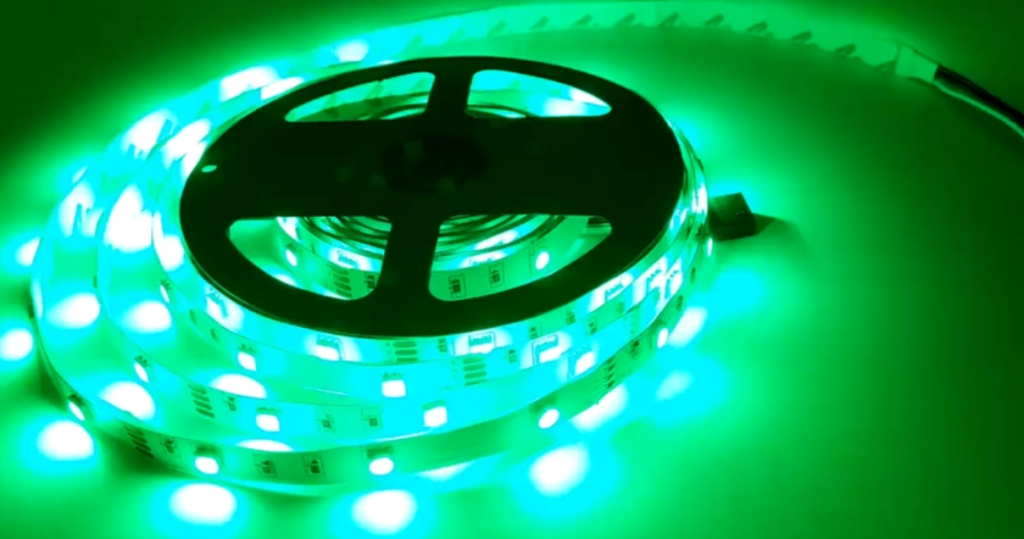Understanding the Materials and Production Process
LED strip lights, prevalent in modern lighting solutions, primarily consist of printed circuit boards (PCBs), LEDs, resistors, and a flexible ribbon. The PCBs often involve a combination of copper, which is mined and processed with significant energy expenditure, and fiberglass or a plastic substrate. The sustainability of these materials is questionable, with copper mining notorious for its environmental impact, including water pollution and habitat destruction.
Energy Efficiency and Waste Reduction
LED technology itself is highly energy-efficient, consuming up to 75% less energy than traditional incandescent lighting and lasting up to 25 times longer. This inherent efficiency translates into lower carbon emissions during the product's usage phase. Additionally, many manufacturers are now focusing on reducing waste during production. For instance, cutting down on material waste and optimizing manufacturing lines can decrease the ecological footprint of LED strip lights significantly. Some companies report waste reduction initiatives that have curtailed production waste by as much as 30%.
Lifecycle and Disposal Challenges
Despite their energy efficiency, the disposal of LED lights presents challenges. LED strip lights contain small amounts of heavy metals like lead and arsenic. The lack of standardized recycling procedures for LEDs means that these potentially harmful substances can end up in landfills, posing environmental risks. Recycling rates for LEDs are currently low, with estimates suggesting that only 10% of end-of-life LEDs are properly recycled.

Corporate Responsibility and Innovation
A key factor in assessing the sustainability of LED strip lights is the environmental responsibility of the manufacturers. Progressive companies invest in renewable energy for their manufacturing processes and engage in practices that minimize carbon footprints. Some led strip light manufacturers have started using solar energy to power their factories, a testament to their commitment to sustainability.
As the demand for energy-efficient lighting grows, the responsibility falls on both consumers and manufacturers to prioritize sustainability. By choosing products from manufacturers who are committed to environmentally friendly practices, consumers can drive the market toward a more sustainable future. The industry's move towards better recycling technologies and reduced use of hazardous materials in production will also play a critical role in diminishing the environmental impact of LED strip lighting.